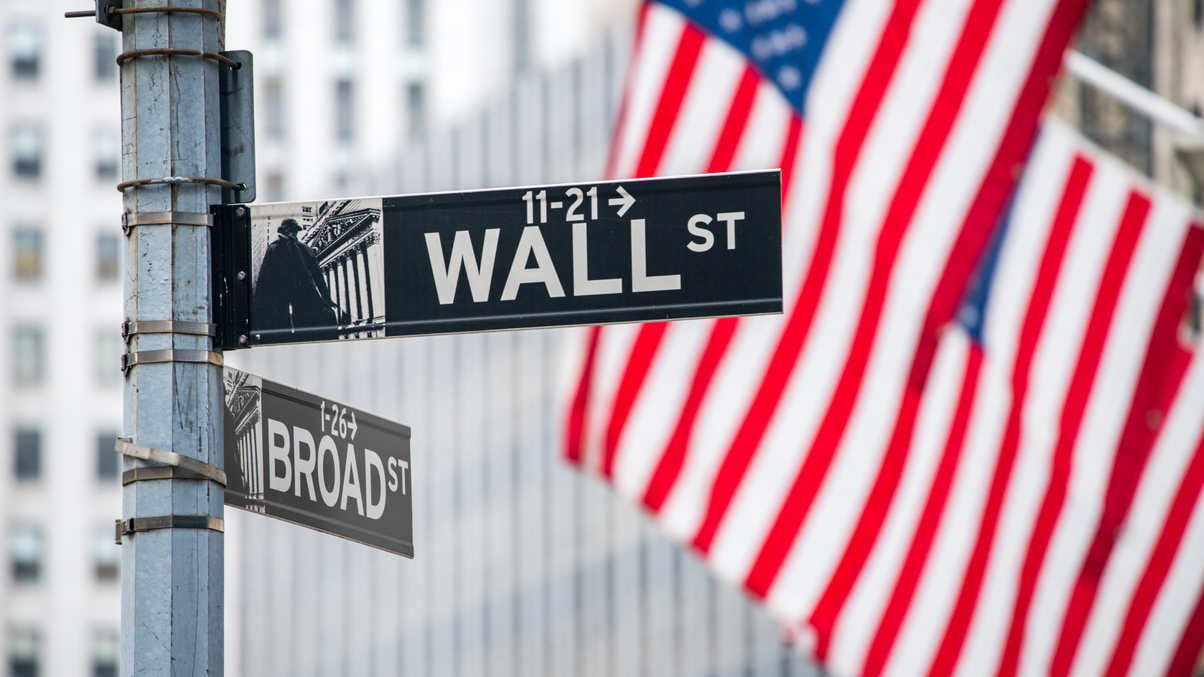Market Views: Are US equities headed for a big correction in 2022?
Positive but moderate returns are still expected, while the pace of policy normalisation and economic growth is closely watched.

The US equity market is trading resiliently this week, despite headwinds from the Omicron variant, inflation, and more rate hikes — although it’s uncertain how long this can last.
Sign In to Your Account
Access Exclusive AsianInvestor Content!
Please sign in to your subscription to unlock full access to our premium AI resources.
Free Registration & 7-Day Trial
Register now to enjoy a 7-day free trial—no registration fees required. Click the link to get started.
Note: This free trial is a one-time offer.
¬ Haymarket Media Limited. All rights reserved.


